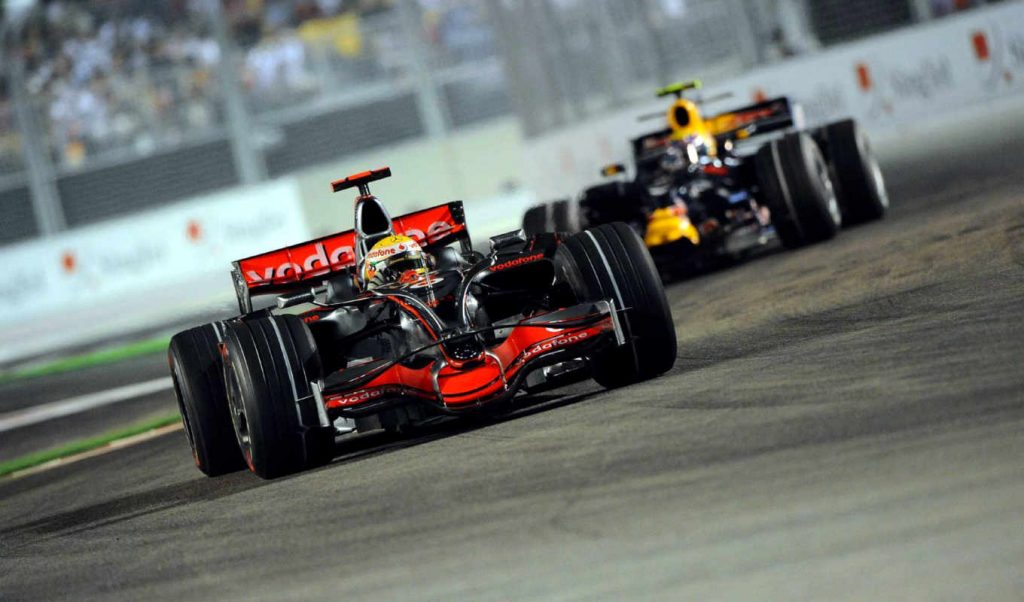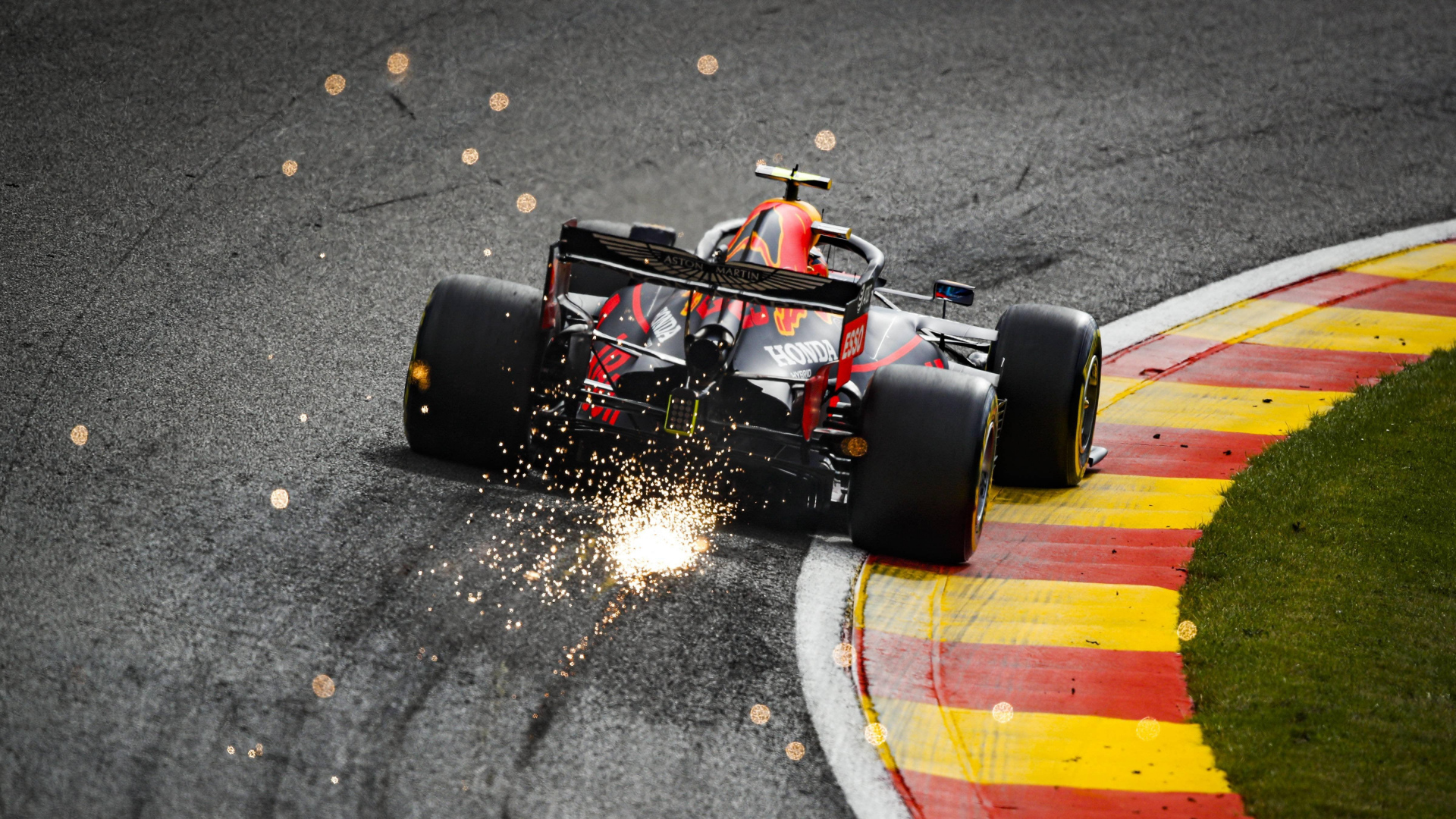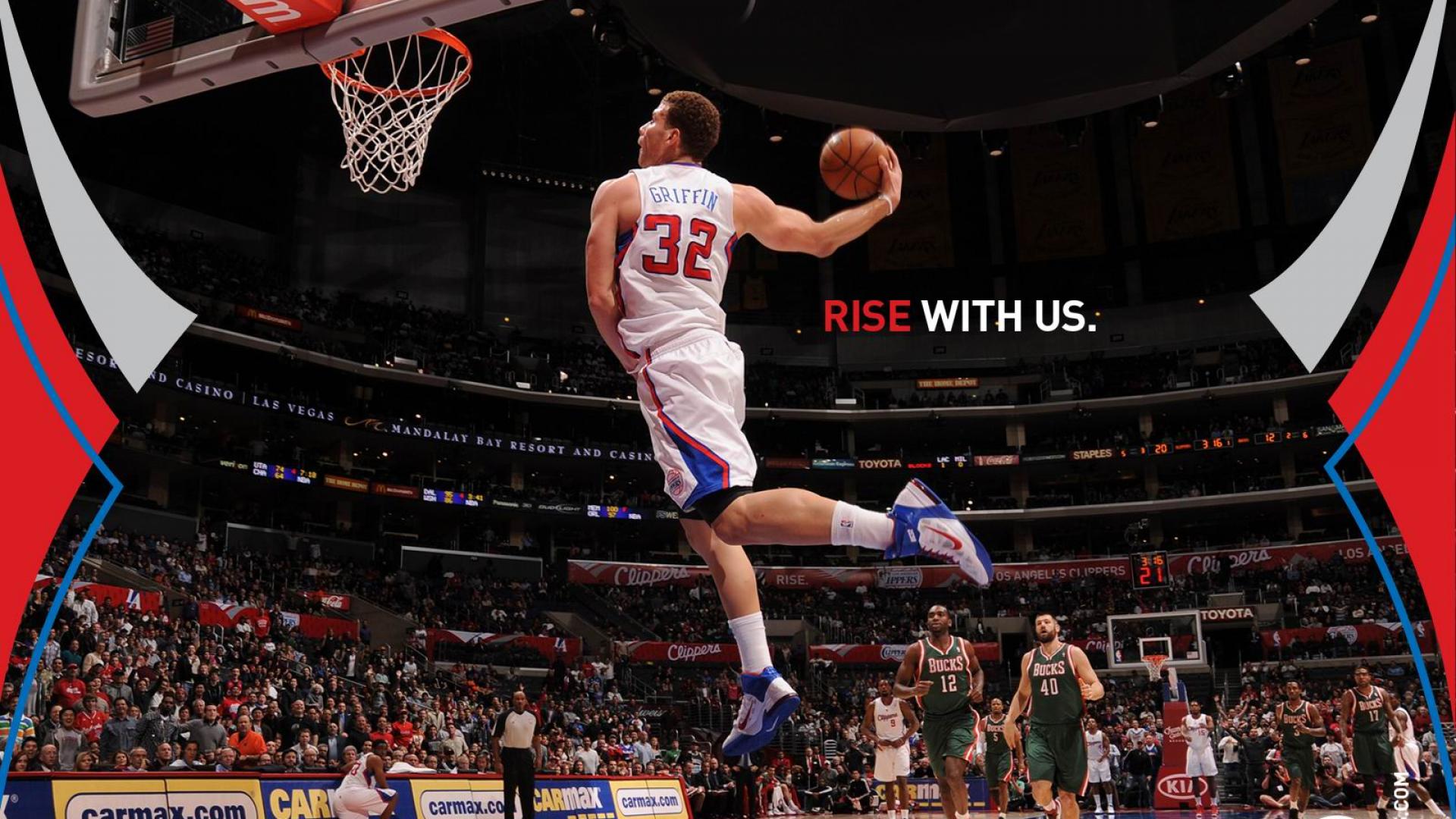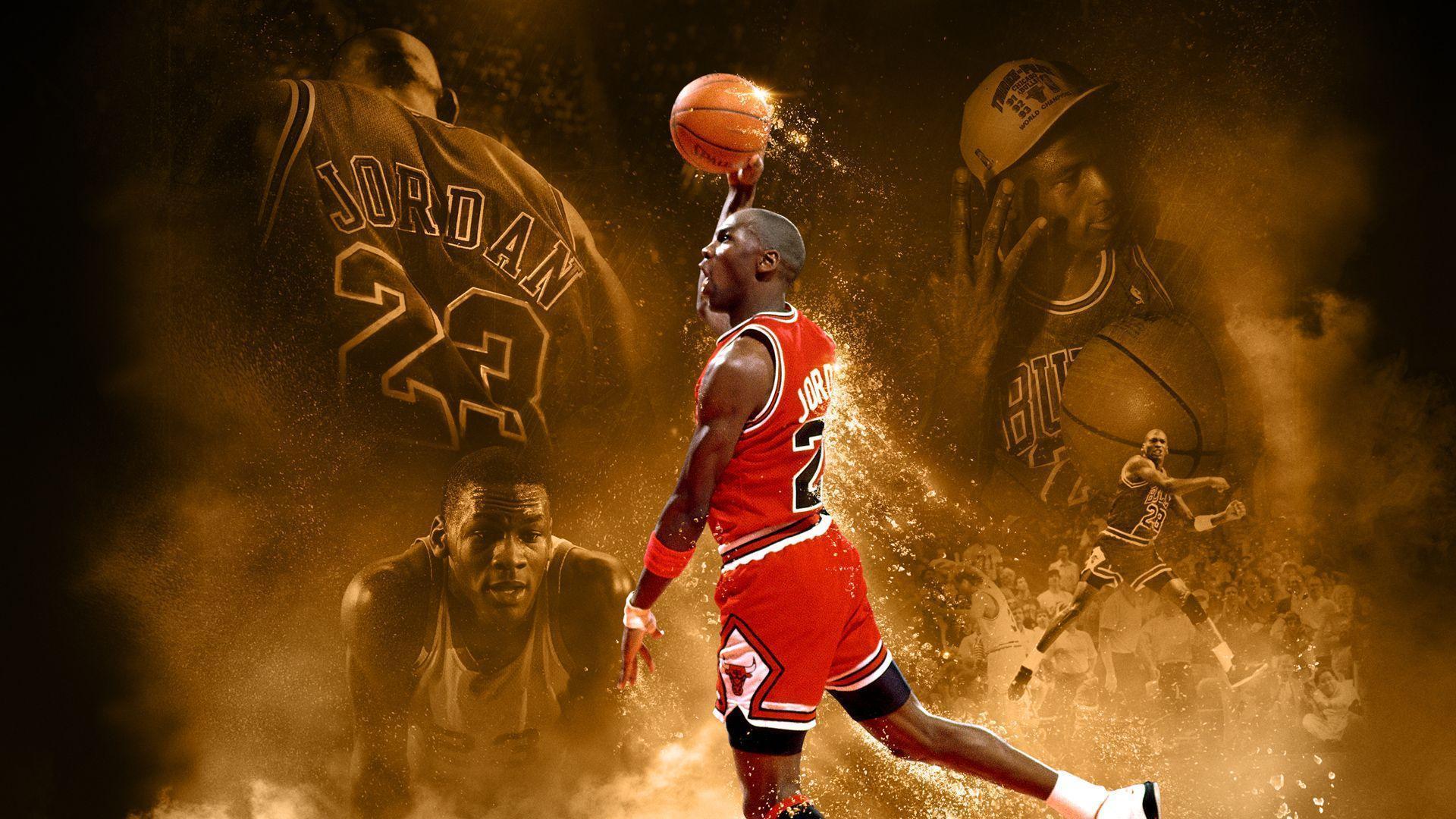Formula 1 is the world’s premier racing series. This is where the best drivers on the planet compete, and this is where the vast majority of motorsport’s money is made. Naturally, a lot of bets are made on this sport, and it is very difficult to find a bookmaker that would not accept bets on a series of “royal races”.
Features of betting on Formula 1
Auto racing, and Formula 1 in particular, is a tricky sport to bet on. Many factors can affect the outcome of a race:
- weather;
- the health of the pilot;
- car condition;
- track condition;
- penalties during and before the race (for example, for a violation during qualifying);
- team tactics for the race.
The fate of a race is sometimes decided by tenths of a second, so bettors believe that it is unprofitable to bet on Formula 1 for small odds. It is necessary to select options with quotes of 2 or more. By betting on high odds, the player will have the opportunity to insure live.

Factors to consider
Track specifics
Formula 1 stages are held in different cities and countries. In the 2020 season, it was planned to hold 22 races, but due to the coronavirus, this number was reduced to 17. At different stages, the chances of the same riders are evaluated differently. In 2022 there will be 23 tracks.
Weather
Bad weather can change the course of an outdoor sporting event, but the impact on F1 is huge. The grip on the track, the speed of the race, the number of pit stops depend on the weather.
In the rules of racing there is a special clause made for the weather. If after a five-minute signal of readiness for the start it starts to rain, then the race is postponed to change the rubber to rain.
Starting position
In qualifying, pilots fight for the right to climb the starting grid. The winner of the qualifying races receives pole position – first place at the start.
On some tracks, this position at the beginning of the race is half the success. For example, on the narrow track of the Monaco Grand Prix, pole position is a huge advantage. But the configuration of the Silverstone track is different, with no restrictions on overtaking, and starting from pole position does not give the rider a big advantage.
Tires
Formula 1 cars are fitted with Pirelli tires. In 2019, the manufacturer worked closely with the products, reducing tire wear.
This reduced the number of pit stops and led to the fact that the competition in the races decreased. Pilots came to the finish line in accordance with the starting positions.
Engines
Royal racing teams use cars that are equipped with engines from different manufacturers. Depending on the type of track, the chances of one or another pilot rise and fall.
Powerful units are suitable for high-speed routes – for example, in Mexico and Italy. But on slow tracks like Monaco and Singapore, the chassis plays a key role, so less powerful engines are competitive there.
Rules
Key rules to help you understand the essence of Formula 1 races:
- the distance of the race must be at least 305 km (with the exception of Monaco) and the duration of the race must not exceed two hours.If during this time the first car does not finish, the race stops, and the lap on which the leader was, is considered the last;
- qualified drivers are considered to be those riders who have not been disqualified and have completed at least 90% of the winner”s laps. That is, if the winner of the race has completed 60 laps, then pilots who have completed at least 54 laps will be considered qualified;
- at pit stops (stops at the choice of the pilot and the team) you can change tires. The number of pit stops is usually between one and three.
- the first ten pilots at the end of the race receive test points. They are distributed in the following order (from 1st place to 10th): 25-18-15-12-10-8-6-4-2-1;
- no more than four riders can be entered from one team per season;
- sometimes a safety car or “pace car” may appear on the track. It is used if there is a real danger on the road for riders, fans or other participants in the competition, and it is not yet possible to stop the race.





